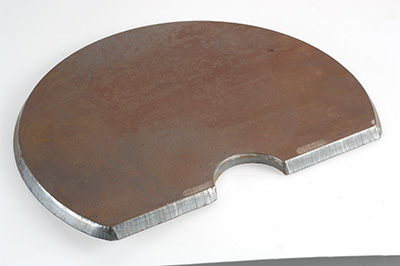One of the most important metalworking techniques is the 1045 steel heat treatment. Steel heat treatment is defined as a procedure that combines the heating and cooling of a metal or alloy in its solid form. The primary goal of heat treatment is to change some physical and mechanical qualities and achieve the desired conditions without changing the chemical makeup.

Heat treatment is a key activity in the final production of many technical components. The high resistant long life plates, also known as EHSP abrasion resistant steel plates, can be cut and profiled to your exact requirements and provide a good return on investment where steel life is at a premium. Heating and cooling occur incidentally during the production process, such as welding, brazing, hot forming, and so on.
What Purpose Does Heat Treatment Serve?
Heat treatment is a procedure that involves heating and cooling to change or reinforce the structure of a material. It can be used on both ferrous and nonferrous metals, and there are a variety of heat treatment procedures.
Many of these approaches can be used based on the desired effect and the cost of creating your castings. Each approach yields a separate standard of casting with distinct features. The heat treatment process used can result in castings with varying strengths, temperature resistance, ductility, and surface hardness.
Heat Treatment Procedure Classification
In some circumstances, a simple explanation is insufficient to distinguish the type of heat treatment because the same procedure might be utilised to achieve distinct goals. The type of heat treatment is defined by the length of time a metal remains at a specific temperature, the pace of heating and cooling, and other criteria. Heat treatment on steel is classified according to the aims as follows:
- Normalizing
- Hardening
- Tempering
- Case hardening
- Quenching
Aren't you relieved that all of this has been delegated to professionals?
No comments:
Post a Comment